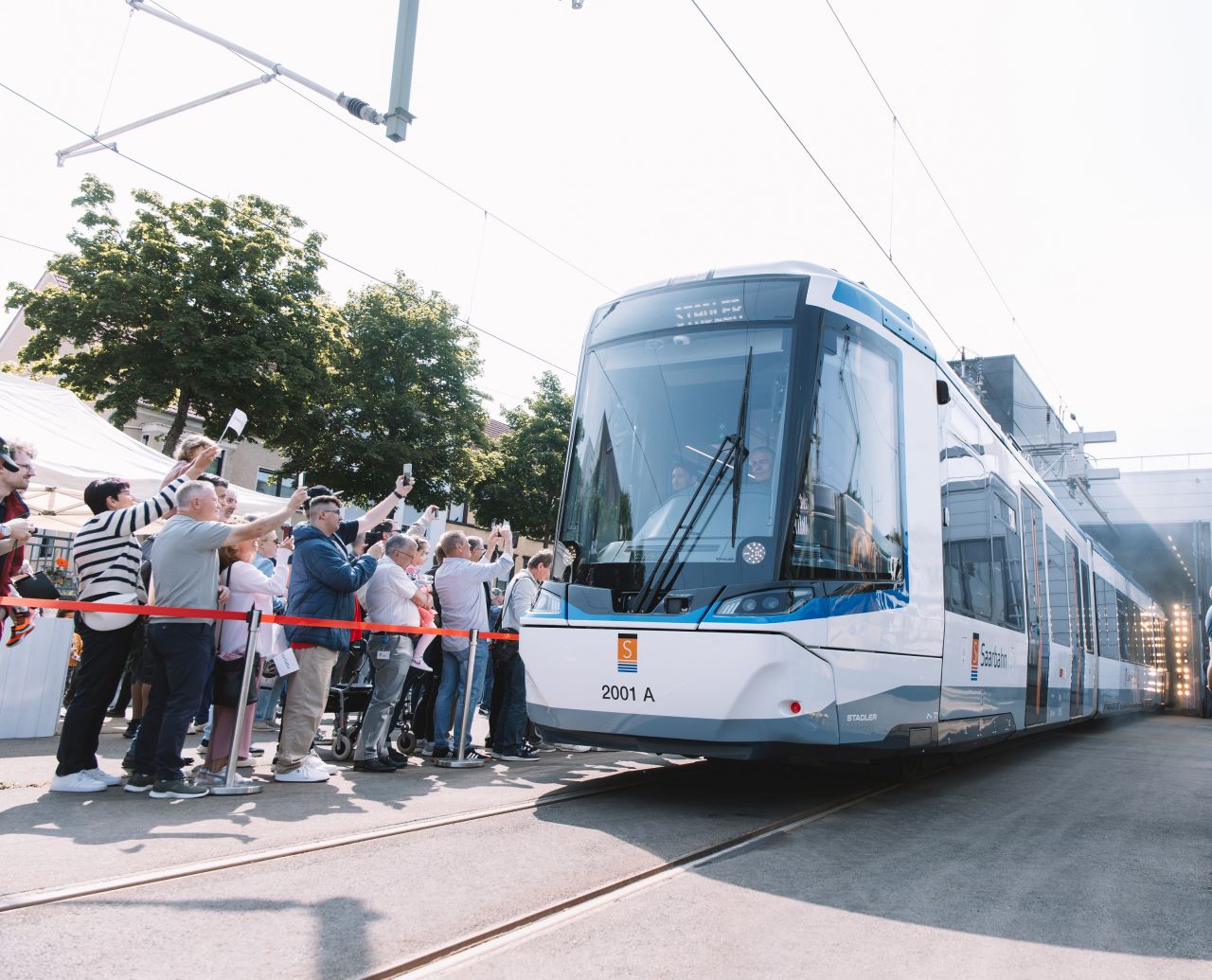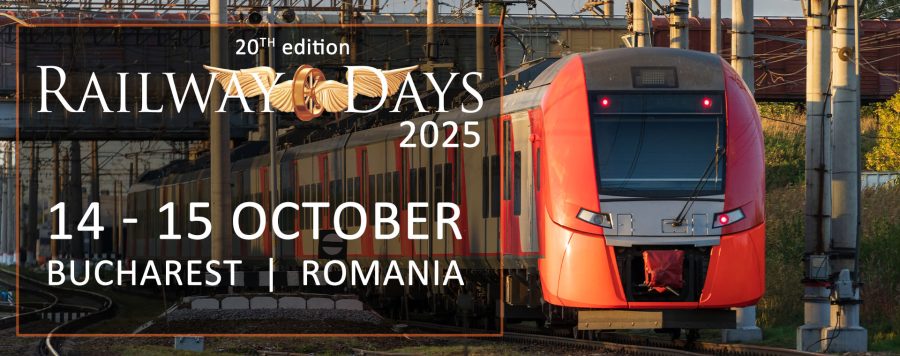The first Citylink TramTrain has arrived in Saarbrücken and was officially unveiled to the public on Whit Monday, 9 June 2025, in the Brebach district. This marks the start of deliveries under a landmark framework agreement between Stadler and a consortium of six transport operators from Germany and Austria. Saarbahn, as one of the partners, has ordered 28 TramTrains, with options for 21 additional units.

The delivery forms part of the “VDV-TramTrain” project – a unique cross-border procurement initiative that brings together multiple operators under a single vehicle platform. Stadler is manufacturing up to 504 TramTrains for the consortium at its facility in Valencia, with responsibility for maintaining the vehicles throughout their service life.
Cross-Border innovation and partnership
Speaking at the unveiling, Iñigo Parra, CEO of Stadler Division Spain, described the programme as a “globally unique international cooperation project,” adding, “This type of collaboration is the best way to shape Europe. We are proud to contribute to it by delivering our Citylink vehicles.”
The Mayor of Saarbrücken, Uwe Conradt, praised the initiative as a symbol of modernity and European collaboration: “These new vehicles not only provide greater passenger comfort and underline our city’s commitment to sustainable transport, but they also reflect our role as a Euro-metropolis.”
Petra Berg, Saarland’s Minister of Mobility, highlighted the broader impact on the region: “The TramTrains support environmentally responsible mobility and demonstrate how the state and city, in partnership with other stakeholders, can deliver high-quality public transport. These modern solutions help connect people across urban and rural areas alike.”
Saarbahn’s Managing Director, Karsten Nagel, noted that the arrival of the first vehicle marked a key milestone in the rollout: “The on-site testing and certification process can now move forward. We anticipate that the first TramTrains will enter passenger service during the first half of 2026, with the current fleet – which has been in operation for around 30 years – gradually phased out by early 2028.”
Thorsten Erlenkötter, overall project lead for VDV-TramTrain, described the collaborative nature of the programme as exemplary: “This is a flagship project for our industry. It shows what can be achieved when different parties work together – not just a train, but a shared vision of the future.”
Citylink TramTrain: From Spain to Germany
The Citylink TramTrains are being built in Stadler’s plant in Valencia. The first vehicle was previewed at the InnoTrans trade fair in Berlin in September 2024. Since then, several vehicles have been undergoing extensive approval procedures.
These include functional tests at the Velim test circuit in the Czech Republic, electromagnetic compatibility testing in Munich, and climate chamber trials in Vienna. The latter ensures vehicle resilience under extreme weather conditions – both high and low temperatures.
With the first vehicle now in Saarbrücken, additional testing will be undertaken to meet both railway (EBO) and tram (BoStrab) regulatory requirements. A key element of the project is gaining authorisation for cross-border operation to Sarreguemines (Saargemünd) in France, further underlining the regional and European scope of the initiative.
Many of the certification results from Saarbahn’s vehicles will be applicable to other consortium members, helping to streamline the process and reduce both production and authorisation costs across the board.
Citylink platform
The Citylink TramTrains are modular, low-floor light rail vehicles designed for seamless travel between urban centres and surrounding areas. Each unit measures 37.2 metres in length and 2.65 metres in width, with a three-section layout optimised for comfort and accessibility.
Standard features include air conditioning in both passenger and driver compartments, as well as flexible multipurpose zones suitable for prams, wheelchairs, or bicycles. While the core specifications are unified across all operators, individual configurations will be tailored to local operational requirements.
Share on:



